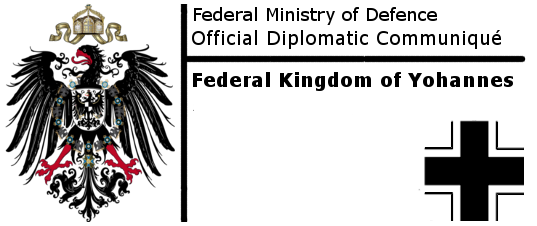
Royal Mian Shipyards
In Fortitudine, Victoria
An amalgamation of six of the Most Serene Republic's most successful shipbuilding companies, Royal Mian began life as a single company in early 2004. Since then, it has been the Most Serene Republic's sole supplier of naval combat vessels. With state of the art production facilities, well trained and experienced specialist staff and time tested methods of production, Royal Mian can provide your nation with the equipment it needs. In one form or another, Royal Mian has been producing top quality vessels for more than four hundred years, amassing a wealth of technical knowledge and helping the Most Serene Navy to become one of the best in the world.
As Royal Mian falls under the control of the Mian government, all exports are on a case by case basis. Some designs may only be available to certain nations, just as some designs may only be available in reduced combat capacity to certain nations. Whilst Royal Mian does offer domestic production rights for most of it's vessels, very few nations have in the past ever been approved for this.
Blacklisted Nations
-
Nations Recieving Discounted Trade
(Discounts are non-stackable)
- All member nations of the Conglomerate (20%)
- All member nations of Gholgoth (10%)
- All member nations of Judea (10%)
- Milograd/Carta (50%)
Previous Customers
-The Imperial Federation of Milograd - 1 x Broadsword Class CBGN
-The Imperial Atheist Theocracy of Vetok - 10 x Broadsword Class CBGN
-The Grand Empire of Ralkovia - 4 x Broadsword Class CBGN
-The United States of Minnysota - 40 x Broadsword Class CBGN
-The Federation of Bellganamos - 18 x Broadsword Class CBGN
-The Monocratic Quintessence of Trescott - DPR of Broadsword Class CBGN
Product Catalogue
Light Surface Combatants
-
Medium Surface Combatants
-
Large Surface Combatants
-Broadsword Class CBGN
Aircraft Carriers
-
Submarines
-
Misc.
-
OOC
1.All orders must be roleplayed and 'in-character'. Any OOC orders will be ignored.
2.I am merely someone who is moderately confident in his ability in lineart, and have some basic knowledge regarding ship design. Therefore, I welcome any criticisms, suggestions etc, but please TG me as opposed to clutering up the thread. I understand that some of my designs may not be completely realistic, however, this is NS.
3.Do your own math – checks will be done to ensure that no-one is trying to con me. Anyone found attempting this will be blacklisted.
4.Check that you can afford it, using one of the many NS economy calculators to be found out there.
5.When you take receipt of my ships, feel free to do whatever you want with them – set sail on the seven seas, convert them into shelters for homeless squirrels etc. However, under no circumstances must you sell anything sold by me to a third party, or start producing thinly veiled copies of my designs.
6.I reserve the right to change prices, charge nations lower prices for no reason etc.












